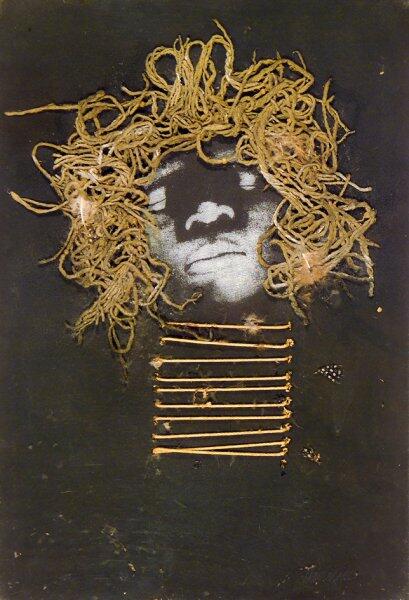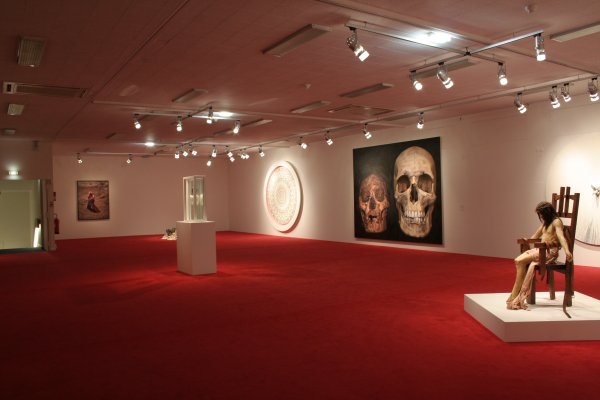Josef
Albers
Josef
Albers
Albers
German & American, 1888 — 1976
Throughout his career, Josef Albers, a key figure at the Bauhaus school and in abstract art, honed a method for "confronting colour" and observing its "instability" through geometric paintings that beckon us to embark upon a spellbinding experience of colour.
In 1923, he began teaching at the Bauhaus, the school founded in 1919 by Walter Gropius in Weimar. When the Nazis came to power in 1933, the avantgarde Bauhaus movement scattered and Albers emigrated to the United States. He taught at Black Mountain College, where Twombly and Rauschenberg attended his classes, and at Yale until 1960. His iconic paintings of coloured squares and his theoretical reflections in his book Interaction of Color (1963) lent a powerful impetus to American abstract art.
Albers' works in the Pinault Collection, especially those from the Homage to the Square series (1949-1976), could be seen during the "Qui a peur des artistes ?” (“Who’s Afraid of Artists?”) show at the Palais des Arts in Dinard in 2009.
In 1923, he began teaching at the Bauhaus, the school founded in 1919 by Walter Gropius in Weimar. When the Nazis came to power in 1933, the avantgarde Bauhaus movement scattered and Albers emigrated to the United States. He taught at Black Mountain College, where Twombly and Rauschenberg attended his classes, and at Yale until 1960. His iconic paintings of coloured squares and his theoretical reflections in his book Interaction of Color (1963) lent a powerful impetus to American abstract art.
Albers' works in the Pinault Collection, especially those from the Homage to the Square series (1949-1976), could be seen during the "Qui a peur des artistes ?” (“Who’s Afraid of Artists?”) show at the Palais des Arts in Dinard in 2009.


